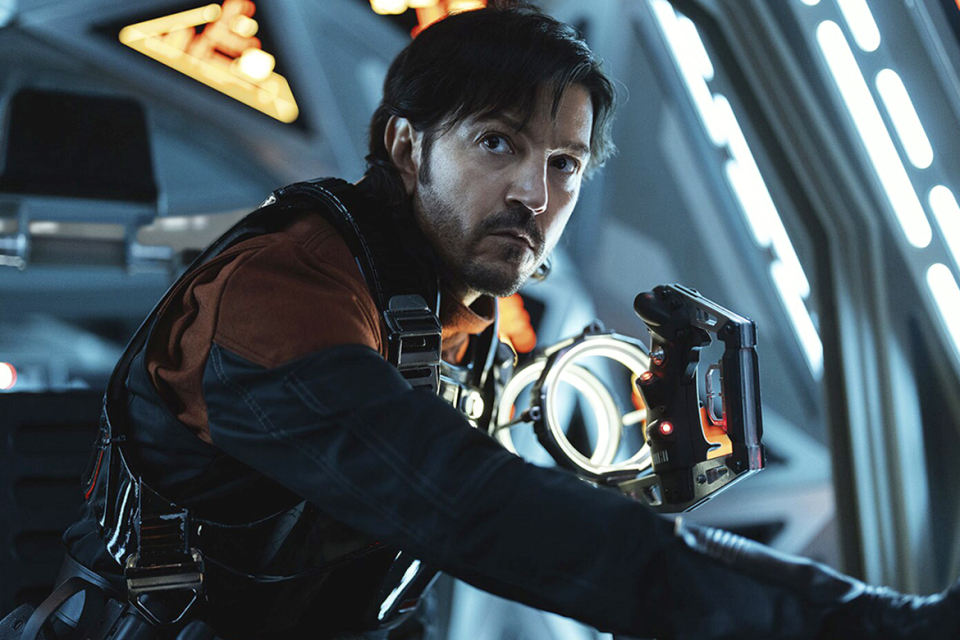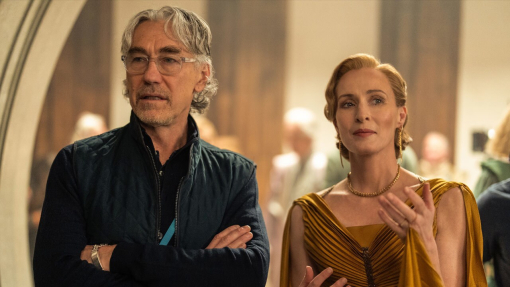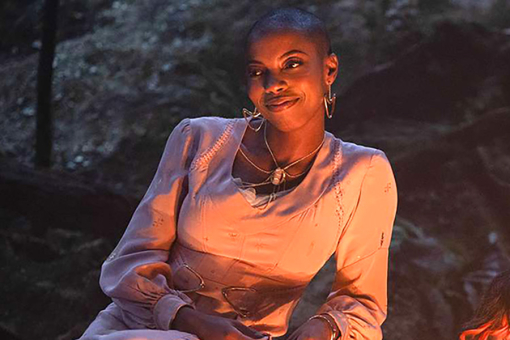You’d have to be living under a Ferrix funerary stone to not hear all the positive buzz surrounding the just-finished second season of Andor. Of course the Disney + series’ sound editors got an earful of it, too.
"A lot of the Star Wars fans rank the show among the stratosphere of the original movies and that’s really lovely," says supervising sound editor/sound designer/re-recording mixer David Acord. Supervising sound editor Margit Pfeiffer seconds her colleague, "I’m so glad the show is getting the exposure and recognition. We’re all proud of it."
As a prequel set before the events of the 2016 film Rogue One: A Star Wars Story, the Disney + show continues the story of rebel fighter Cassian Andor (Diego Luna) in the lead-up to the destruction of the planet-killing Death Star. Amid the intergalactic action, the narrative touches on devotion, sacrifice and the power of sticking to convictions. (The New York Times referred to it as "a striking and successful project of recontextualization.") The sound effects, from the blasts of the Imperial TIE fighter ship in the first episode of the second season to the climactic Ghorman massacre in the eighth episode of season two amplifies every heart-pounding sequence and deeply felt emotion.
Acord and Pfeiffer — both Emmy-nominated in 2023 for Andor’s first season — spent a year piecing together all 12 Andor episodes and often worked on multiple installments at a time. "You work in blocks of three but then [creator, showrunner and director] Tony Gilroy would give you notes for a block you’re not in that’s really important," says Pfeiffer, a sound veteran on films like Divergent and Nightcrawler, the latter written and directed by Gilroy’s brother, Dan. "I usually work on movies so I found it pretty challenging."
But Acord, whose tenure with the franchise dates back to the 2002 film Star Wars: Episode II —Attack of the Clones, notes that the process is a creative achievement because "it's always a collaborative group effort."
Speaking on Zoom, Acord and Pfeiffer pull back Andor’s wall of sound for The Television Academy.
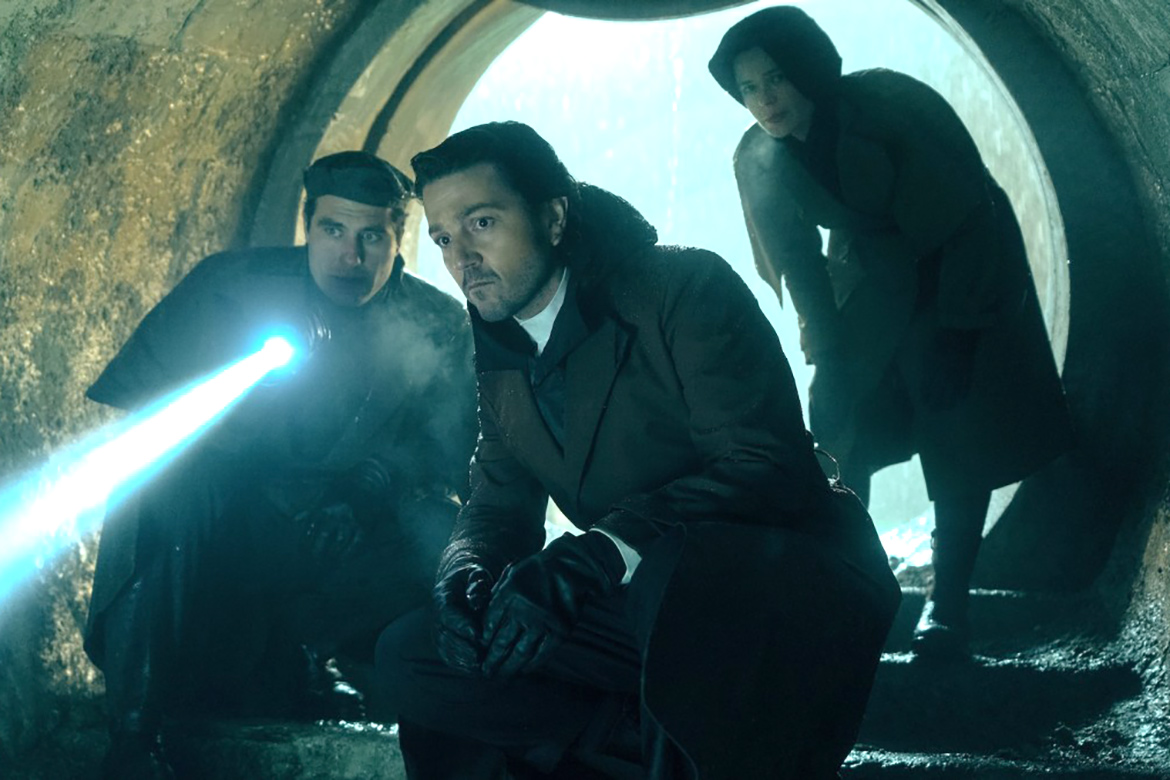
Television Academy: What was your approach going into the second season?
Margit Pfeiffer: This was bigger and wider and more spectacular than the first season. So we got a tiny little break between the seasons while they were shooting, and then we went to work on 12 episodes at the same time. It was huge sets, huge crowds, huge sound design moments. But it was great fun to go above and beyond. We knew this was the final lead-up to Rogue One, so we wanted to make it fabulous.
What is the secret to making a sound specific to Star Wars?
David Acord: It's a lot of trial and error. Sometimes I’ll be making sounds and I’m like, "Does this sound Star Wars-like or a little Star Trek?" Star Wars is sort of new-old tech. The technology is advanced, but it's a little beat up. Almost like if you saw a 1962 Volkswagen Beetle on the street in ancient Egypt. The tech is functional, but maybe never Earth-shatteringly great. If you're an Imperial, the tech is always sleeker and more advanced and a little cleaner. If you're a Rebel, everything is a little grittier, a little grimier or a little dirtier.
So after all these years, is a blaster sound second-nature to you?
Acord: I have definitely made hundreds of blasters in my lifetime! So I think I've got it down. The trick is that with Star Wars, you want to honor the legacy sounds that [sound designer] Ben Burtt made in the original movies. But we also want to modernize it and put our own spin on it for a 21st century vibe.
For example, in the case of an established sound of a Stormtrooper’s gun, we want to give it a little extra punch. That also fits in the vibe of Andor of everything being a little more grounded and visceral. We bring that to the table with other indoor weapons as well.
The drama in Season 2 spanned several different settings. How did you determine which sounds belonged in which space?
Acord: We do what's called a group spotting session: We step through every episode in chunks and look at every scene or every moment. Then we decide what we want to hear and not hear. So, for something like the palace [the Mothma Estate on Chandrila], it’s a group decision: Are there birds in the background? What do those birds sound like? Is it windy? What's the wind like? Do we hear traffic? What do the vehicles in the traffic sound like? All those elements are discussed.
The Ghorman planet is at the center of the action. How would you describe its sound?
Acord: It’s a bit of space France. Tony and his linguist created a language for the Ghor people that has a bit of a French-Belgian vibe. So when Syril [Kyle Soller] is walking through the courtyard and passing cafes, we wanted to keep it light and fun and busy and vibrant.
Was the Ghorman Massacre your biggest challenge?
Acord: It was complicated. Not just because there’s an all-out battle happening; it's also happening in pockets in different areas of the city. Prior to that, you've got all these crowds in this area [where] there’s chanting and singing and we’re moving between different areas. Margit did an amazing job recording the crowd singing and chanting and then blending that together because there’s a big build to the massacre.
Pfeiffer: The real challenge of [the massacre] is that you don't want to muddy it up. You want to give the sound a definition. The scene starts with people congregating on this plaza — and it turns out it’s a trap. And then you have the protesters and Imperials starting to fight an epic battle, and it keeps escalating. You have panicked cries of people screaming and running. You have explosions. Then you cut to quieter moments, so you ride it like a wave.
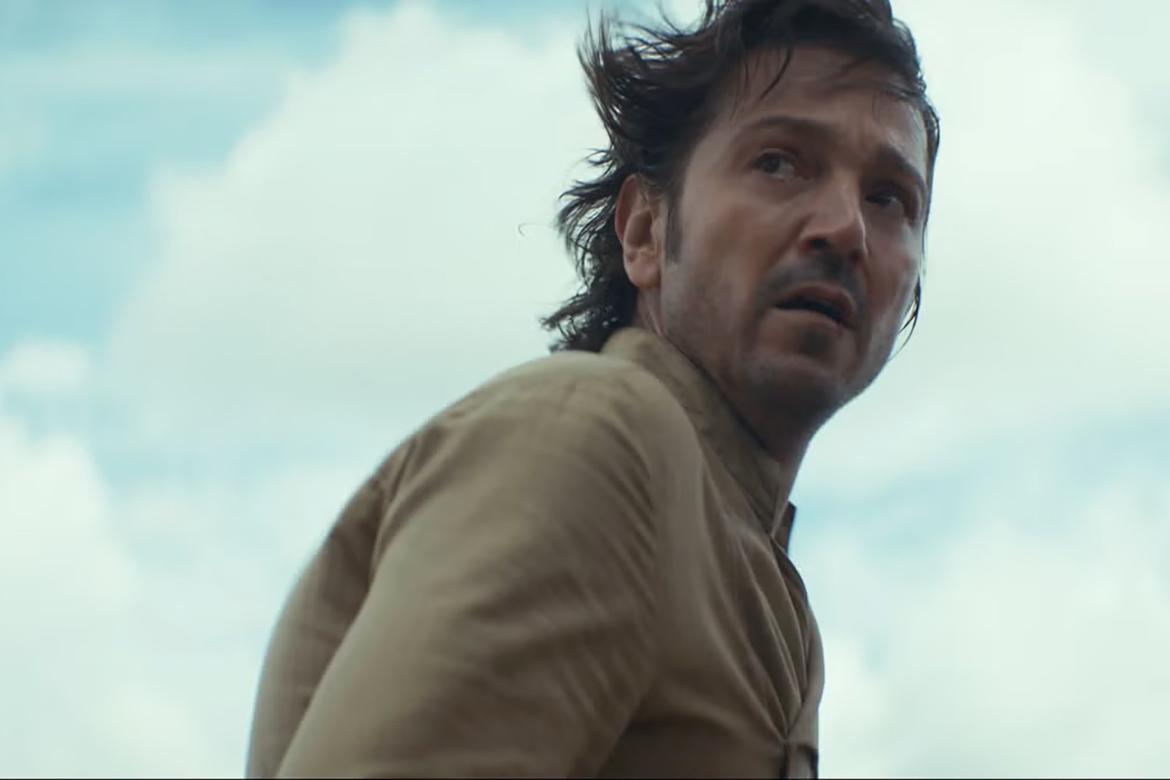 Cassian (Diego Luna) in a key scene from Andor / Photo by Disney+/Lucasfilm
Cassian (Diego Luna) in a key scene from Andor / Photo by Disney+/Lucasfilm
There’s actually a lot of quiet in the series. How do you decide when to omit sound?
Acord: Yeah, we definitely like to have moments of quiet. We call it an "ear break." It could be either for a moment of tenderness or often for a moment of building tension. But silence tends to let people get in their own heads as a viewer. You want the audience to get nervous and build anticipation on their own without sound.
Which sound effect was the most fun?
Pfeiffer: The reveal of [security droid] K2SO. The sound design on it is spectacular!
Acord: He has a revival — this Frankenstein monster moment as they put him back together and fire him up. Thankfully, Tony let me run with it. And I had a lot of fun creating the recharge.
Now that the series is over, how do you feel?
Acord: Right now, I’m busy finishing up the mix for Superman!
Pfeiffer: You know, this started for us almost more than four years ago. You go back into Season 2, and it's just insanity for those 12 months — day and night. But it's great fun. Tony and all the writers did such an amazing job on this project. Every word is meaningful. Every storyline pays off. Every arc is wonderful. It's well thought-out. It's beautifully designed and created. It was a total joy to be part of something like that. I think it will be hard to top.
This interview has been edited for length and clarity.
Andor is now streaming on Disney+.



